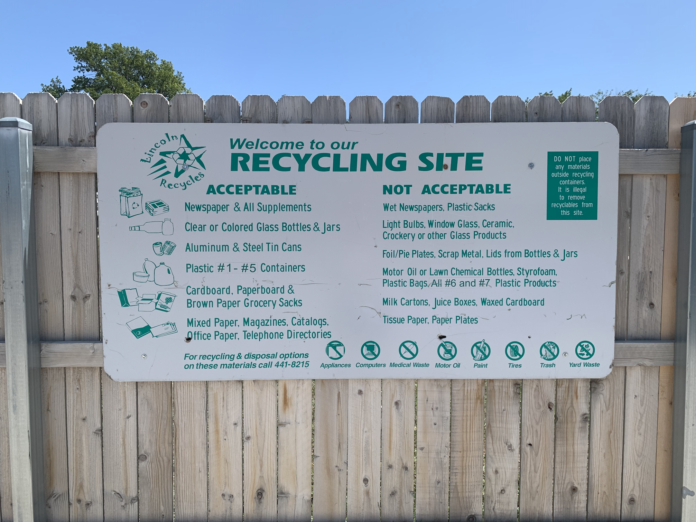Recycling is a critical component of environmental sustainability, yet many individuals may not know where to take their recyclable materials. Recycling drop-off locations provide convenient and accessible options for community members eager to contribute to waste reduction efforts. Identifying these sites can greatly enhance one’s ability to participate in recycling initiatives.
Various organizations and municipalities offer designated Recycling Drop Off Locations for a range of recyclable materials, from plastics to electronics. These locations are often strategically placed in public spaces, ensuring that individuals can easily access them without inconvenience.
Understanding local recycling guidelines is essential for maximizing the effectiveness of these efforts. With the right knowledge, community members can help reduce landfill waste while fostering a culture of environmental responsibility.
Understanding Recycling Drop-Off Locations
Recycling drop-off locations play a vital role in promoting sustainable waste management. They serve as accessible points for individuals to deposit recyclable materials, contributing to environmental conservation and resource recovery.
Environmental Benefits
Recycling drop-off locations significantly reduce landfill waste. By diverting materials such as plastics, paper, and metals from landfills, they help minimize soil and water pollution. This process conserves natural resources by reducing the need for new raw materials.
Furthermore, recycling lowers greenhouse gas emissions. Each ton of recycled materials can prevent an average of 1.17 tons of carbon dioxide emissions. This contributes positively to climate change mitigation and fosters a cleaner environment.
Key Benefits:
- Reduces landfill space usage
- Conserves natural resources
- Lowers greenhouse gas emissions
Types of Recyclable Materials
A variety of materials can be accepted at recycling drop-off locations. Common categories include:
- Plastics: Rigid and flexible plastics numbered 1 through 7, such as bottles and containers.
- Metals: Aluminum cans and steel containers.
- Paper Products: Newspapers, cardboard, and office paper.
- Glass: Bottles and jars of various colors.
Some locations may also accept electronic waste (e-waste) and textiles. It is essential for individuals to check specific drop-off guidelines, as not all locations accept the same items. This ensures proper recycling and reduces contamination.
Finding Your Nearest Recycling Drop-Off
Identifying the closest recycling drop-off location can simplify the recycling process. Several resources can assist individuals in locating these sites efficiently.
Online Directories and Apps
Many online directories and mobile apps provide up-to-date information on recycling drop-off locations. Websites like Earth911 allow users to enter their zip code and view nearby facilities. This database includes details on accepted materials and hours of operation.
Apps such as Recycle Coach also offer features tailored to individual needs. They provide reminders and specific information on what can be recycled. Users can even set alerts for collection days.
Combining these digital tools ensures easy access to recycling options, making it convenient for users to engage in sustainable practices.
Local Government Resources
Local government websites often have dedicated sections for recycling information. Many municipalities maintain lists of drop-off centers, detailing locations, times, and items accepted.
In addition, local health departments or waste management offices may offer brochures or flyers at community events. These resources can include maps or lists that highlight recycling points throughout the area.
Checking with local authorities ensures that individuals have accurate and relevant information. This increases participation rates in recycling initiatives and supports community sustainability efforts.

